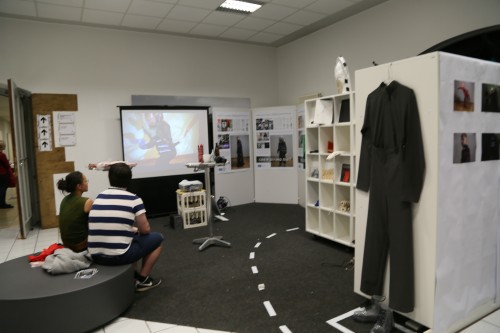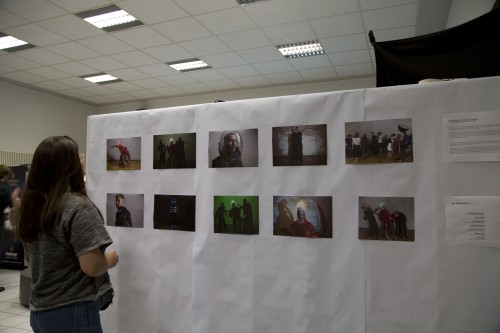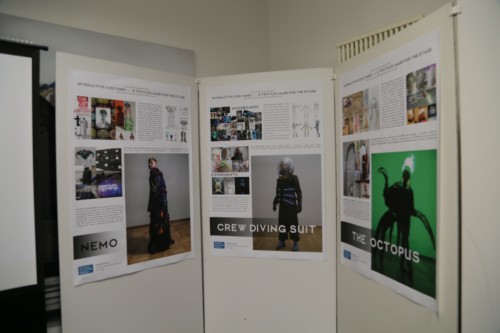



Original: Methods and Tools Playacting and Focus Troupes: Theather techniques for creating quick, intense, immersive, and engaging focus group sessions. Authors: Steve Sato and Tony Salvador Keywords: acting, design, product developing, theater techniques, Summary: Live Theater can create strong shared contexts in which the focus is on interaction. Through the researches live theater and improvisation can quickly immerse and involve participants in designing new products. Main Contents:
The technics involve performing quick, intense and engaging activities. This activities focus on developing a shared context. They explore new product concept through using theater methods. Learn from how the participants and co-creater develop the new product and context for its use.
The workshops that they generated the collection of technics for new product development. Focus groups that are used to develop or evaluate new products and achieve some of achieve some of mockups. The result of the sessions contains comments and conversations about the product in context of the presentation.
First Prototype of Costum
On the Prograss
Second Head Prototype with Vivac
Model for Legs
For LED Light, It will come inside of the Head and give shape LED light
Long version of 2. Model for moving Part of Legs
Bringing parts together
THE COSTUME WILL REFLECT THE CHARACTER WITH THE COLOR OF FABRIC AND STYLE OF THE COSTUME. ALTHOUGH IT IS AN UNDERSEA CREATURE, IT WILL BE A MECHANICAL ANIMAL COSTUME MIXED WITH HUMAN ASSOCIATION.
IT IS A DOMINANT CHARACTER, HE HAS POWER, VERY INTELLIGENT AND HE COULD BE DANGEROUS. THROUGH THESE CHARACTERISTICS THE COSTUME WILL TRY TO BE A CREATURE BETWEEN HUMAN AND ANIMAL.
Final Visualization
t.b.d.
Last Sketches
3D Model
First Skech
The octopus should have eight tentacles. The plan is to have four long tentacles at the back of the costume like a train. They won’t move. Another two hopefully will be move by motors (see The Octopus – Technical Design). But the actor will only control if they are on or off, because a controlled movement would be challenging the actor to much.
The actors arms will form the last two tentacles. They can be seen as “main” tentacles, since they will interacting with other actors/props etc.
Design of the Head
Brain Form
In our design the brain indicates the mood of the octopus because it can not speak. We are planning to have a semi-transparent head with a colored, pulsating glow inside. Depending on the color and the pulse frequency the octopus is either calm (a slow pulse in green maybe) or excited (a fast pulse with red).
Because we must have a transparent head now, the brain also have a right brain structure. This is from a tube formed in these then come LEDs. With very high probability, an LED stripe will come down the tube. However, is still being tested if it is the perfect solution, because everything has to be right (the number of light duration, energy supply etc.).
Color Scheme
First Inspiration